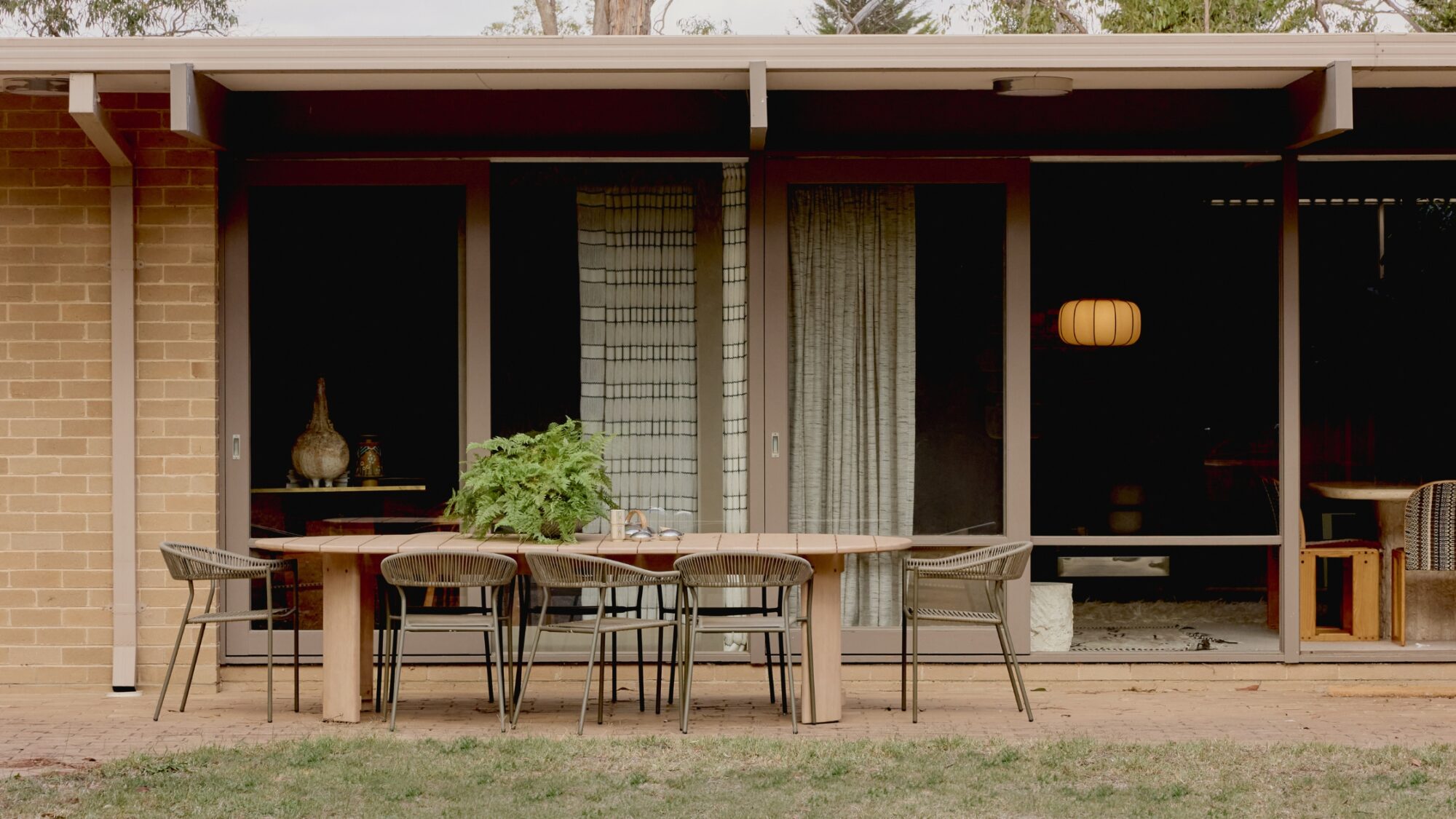
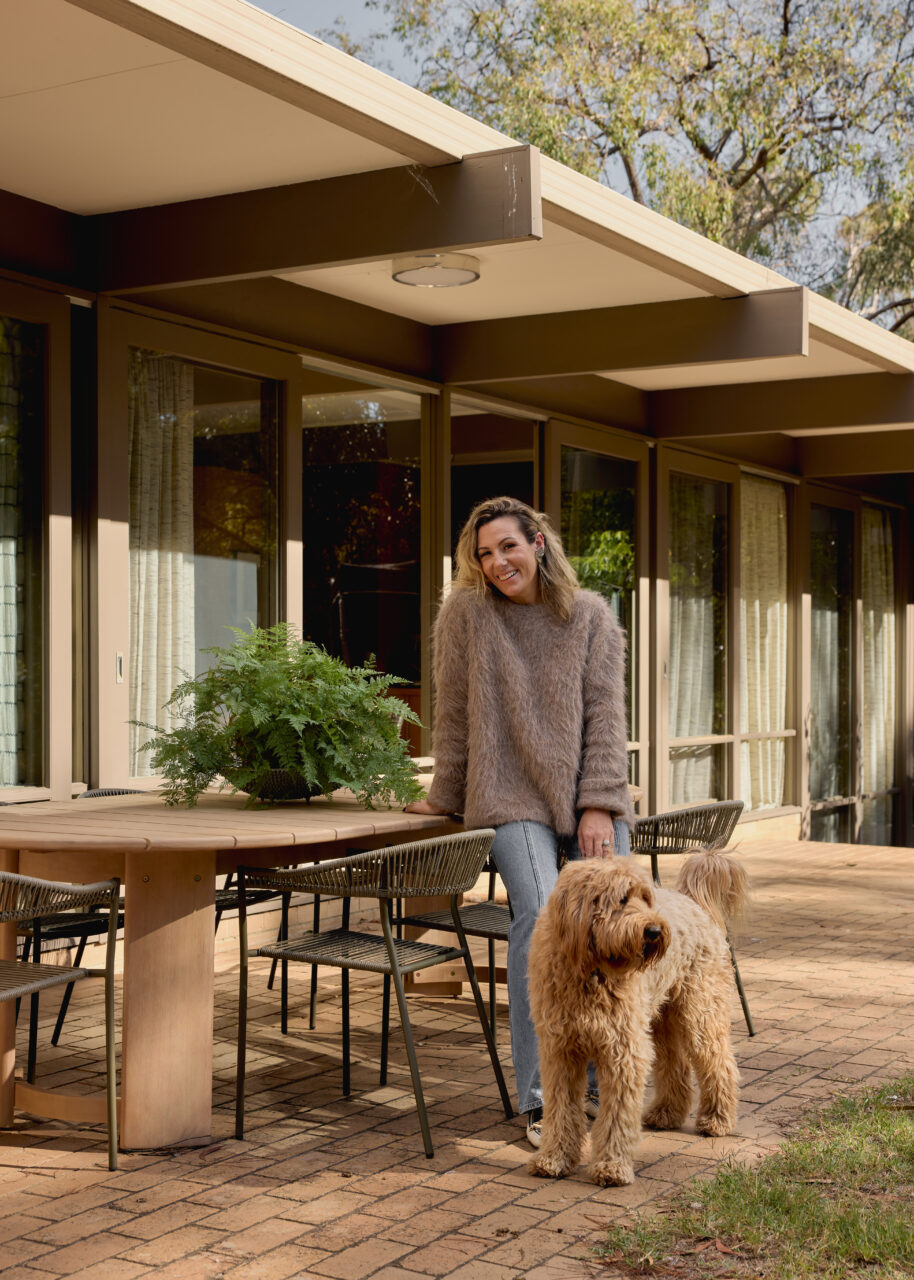
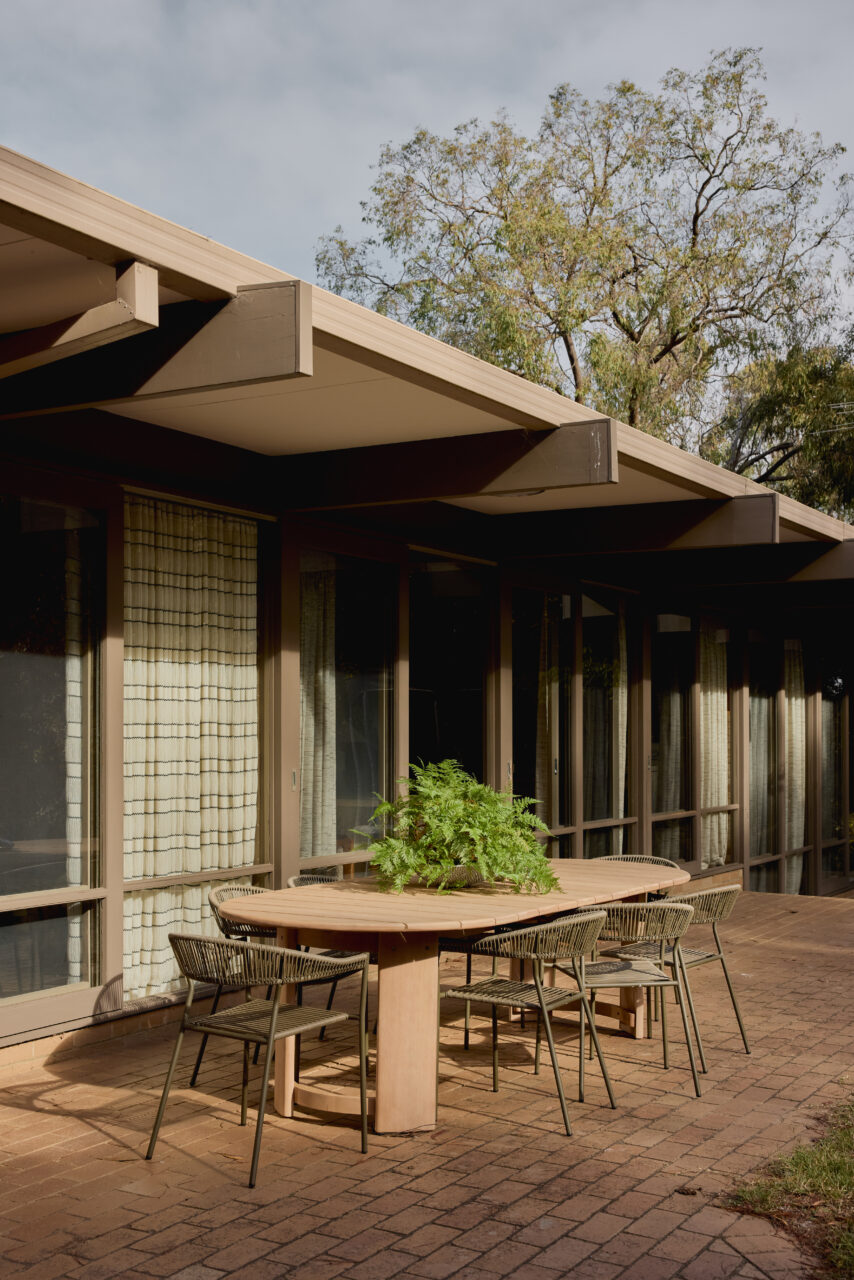
“There’s no formula; it’s about balance” – Simone Haag
Simone Haag is one of Australia’s most respected voices in interior design. Known for her emotive storytelling and nuanced eye for detail, her portfolio spans the globe. Simone brings a deeply personal approach to every space she touches. In this conversation, we explore her reflections on evolving notions of outdoor living in Australia and how soulful design continues to shape the way we connect and live.
Design Across Varied Contexts
As a recognised voice in the design industry, frequently called on for your insightful perspective and having served on juries such as IDEA and GOYTA—how do you approach design across varied locations, cultural singularities, and climates? What design principles remain constant for you?
As someone fortunate enough to contribute to the Australian design landscape—whether through panels, juries, or projects—what grounds me most is a sensitivity to context and a deep respect for storytelling. Whether I’m designing a home nestled in the leafy suburbs of Melbourne, curating an installation in Milan, or styling a hotel lobby in Auckland, I approach each space with a desire to understand its narrative: the light, the landscape, the local vernacular, and—most importantly—the people who will inhabit it. That said, there are a few constants that I carry with me, regardless of geography. I’ve always believed in the power of restraint paired with richness—spaces should feel considered, yet effortless. I’m drawn to materials that wear and patina over time, to objects that hold memory, and to furniture that walks the line between functional and sculptural. My work often blends eras, aesthetics, and provenance, but it’s always about emotional resonance. Ultimately, my practice is less about imposing a signature style and more about refining a sensibility—one that adapts to its environment while quietly anchoring the spaces I am welcomed into.
Shifts in Gathering and Outdoor Spaces
In your experience, how are outdoor spaces being reimagined in the context of Australian living today?
Outdoor spaces in Australia have always played a pivotal role in how we live, but I think we’re seeing a beautiful evolution in how these spaces are being considered—not just as an add-on, but as a true extension of the home. There’s a growing appreciation for outdoor areas that feel as curated and intentional as their indoor counterparts.
What’s exciting is the blending of boundaries: we’re layering in soft furnishings, sculpture, mood lighting, and even collectible pieces that traditionally would’ve lived inside. There’s also a deeper sensitivity to how landscaping interacts with built form—native plantings, textural stone, and weathered timbers are being celebrated not just for their aesthetics, but for their sense of place and sustainability.
Personally, I love designing outdoor spaces that allow for ritual and pause—a morning coffee spot that catches the sun, a conversation pit for evening wine, or a garden bench framed by an artwork or sculptural moment. It’s no longer just about a BBQ and dining set; it’s about storytelling, tactility, and a slower, more connected way of living.
Are you noticing a shift in how people want to gather, whether that’s around a formal dining table, a more relaxed lounge setting, or something in between? What kinds of rituals or moments are shaping the way people furnish and use their outdoor spaces now?
Yes, there’s definitely a shift—and a beautiful one at that. People are craving connection more than ever, but the way they gather is evolving. It’s less about formality and more about fluidity—creating spaces that encourage lingering, storytelling, and that effortless kind of togetherness. I’m seeing clients lean into layered, lived-in settings: generous lounges with low-slung seating, mixed materials that feel tactile and inviting, and spaces that flex between a casual coffee with a friend and a long, candlelit dinner.
There’s a ritualistic quality emerging too—morning coffees in the sun, barefoot lunches under dappled light, evenings around a firepit with a glass of wine and good conversation. These moments are shaping how we furnish our outdoor areas. We’re seeing a rise in modular furniture, deep outdoor rugs, and materials that patina gracefully. There’s also an emphasis on lighting—not just functional, but atmospheric. People want their outdoor spaces to feel as soulful as their interiors. Ultimately, the gathering space—indoors or out—is becoming less about the table itself and more about the feeling it fosters. And for me, that’s where design gets exciting: when it gently shapes the way people come together and make memories.
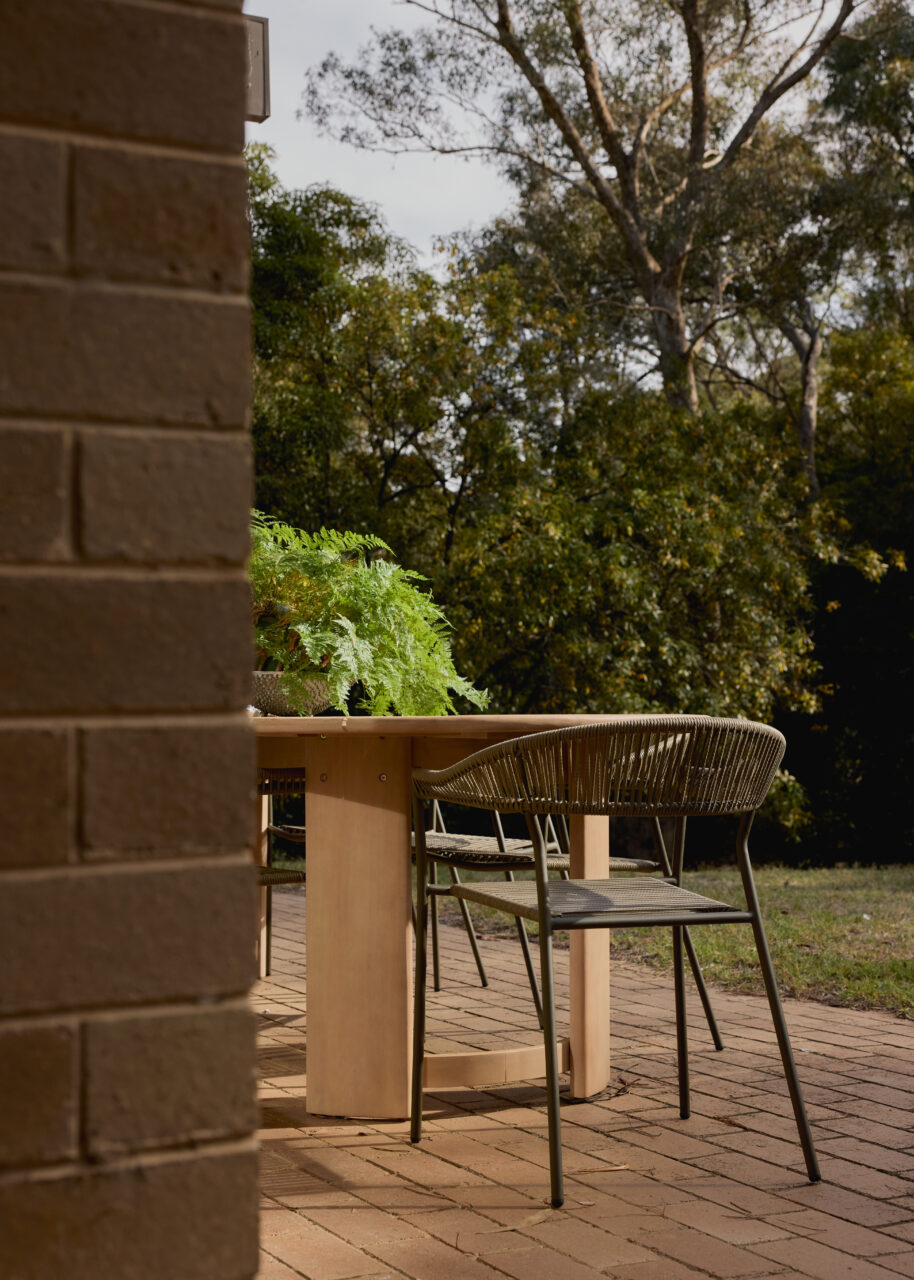
Evolving Sense of Home
From international showcases like the L’Appartamento set during the Milano Design Week to the quiet moments in your own atelier, how is your sense of home evolving, and in what ways is it influencing your creative direction this year?
The experience of designing The Foyer for L’Appartamento during Milan Design Week was transformative in many ways—it reaffirmed something I’ve always believed: that “home” isn’t defined by walls, but by emotion, curation, and connection. It was a space set in a grand historical palazzo, yet what I brought to it was a very intimate kind of storytelling—one that wove together collectible design, Australian sensibilities, and an invitation to pause. Since returning, my sense of home has become even more nuanced. I’ve become more drawn to pieces that hold narrative—things that are quietly powerful rather than overtly decorative. I’m leaning into materiality with a slower hand: raw timbers, aged metals, imperfect ceramics—objects that feel as though they’ve lived a life before entering the room. And I find myself craving contrast: the tension between the ornate and the minimal, the polished and the primitive. In the studio, that’s translating into projects that are less about “completing” a space and more about letting it evolve. I’m guiding clients to embrace that philosophy too—to build slowly, to collect meaningfully, and to understand that a home isn’t a set outcome but a layered, living thing. This year, creatively, I feel more rooted. There’s clarity in the quiet. And it’s from that place that I’m designing—spaces that feel collected, cultivated, and above all, personal.
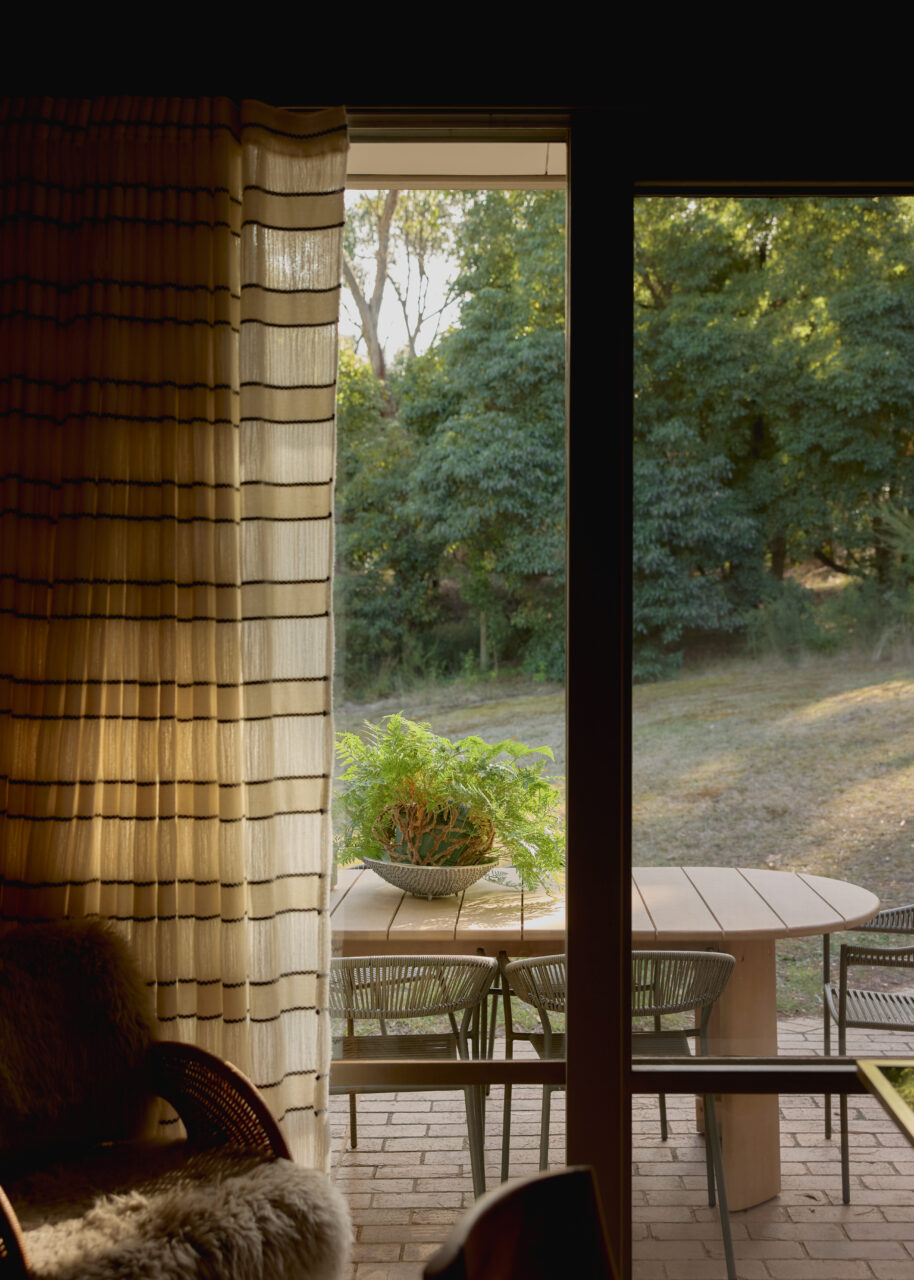
Imbuing Spaces with Soul
Your work is often described as imbuing spaces with soul, breathing life and meaning into a space. How does that sensibility translate when you’re curating your own home, Simone?
That idea of soul—of a space feeling lived-in, loved, and layered—is something I hold very closely, particularly in my own home. I don’t see it as a showpiece or even a finished project. It’s a living, breathing reflection of who I am and what I value. The pieces I surround myself with are not just beautiful—they’re meaningful. They carry stories: a vintage find from a trip abroad, a ceramic made by a friend, a piece of furniture I’ve sat with for years before knowing where it belonged. Curating my home is an ongoing act of intuition rather than intention. I’m not in a rush to fill it. I let the right pieces find me—those that resonate on an emotional level or offer a sense of permanence. I love the idea that a space can grow with you, collecting moments and memories along the way. There’s no formula—it’s about balance, resonance, and restraint. I’ll pair a sculptural light fitting with a simple timber stool or let an artwork dictate the tone of an entire room. Ultimately, I want my home to feel like a place to land. A place that holds the echo of past dinners, music in the background, a trail of books, a warm light left on. That’s what soul means to me—it’s not something you install; it’s something that emerges when you live with care and curiosity.

Consistent Elements Across Projects
You’ve designed within almost everything from a luxurious hotel in Singapore to a brutalist icon on the Mornington Peninsula. Is there any aspect that follows you from project to project regardless of the brief?
Yes, every brief is different—different context, client, and constraint—but there are certain threads that always seem to follow me. I think the most enduring one is a deep respect for emotion. Whether I’m working within the layers of a heritage villa or the clean lines of a brutalist form, I’m always asking: How will this space make someone feel? Not just how it will look in a photo, but how it will be experienced day-to-day. There’s also a consistency in how I approach the layering of a space. I like to build it slowly—through materials that age well, objects that carry memory, and pieces that don’t scream for attention but hold their own quiet weight. I’m not led by trends but by a sense of permanence—whether that’s an iconic chair, a handcrafted vessel, or a vintage rug that anchors a room. And perhaps most of all, I bring a sense of duality—restraint and richness, form and feeling, clarity and warmth. Those tensions are where the magic happens. So yes, the projects may vary wildly in scale and style, but the intention remains the same: to create spaces that are deeply personal, quietly powerful, and built to last—emotionally, aesthetically, and functionally.
Your ability to bring elegance into 19th-century settings and your instinct for uncovering character-rich vintage pieces speaks to a distinctly nuanced eye. In your view, what does Australian design contribute to the global conversation that feels both unique and perhaps still a little under-recognised?
What I think is really special about Australian design is its quiet confidence. There’s a kind of relaxed refinement that we bring—something that feels unforced, deeply grounded, and inherently tied to place. It’s not about grandeur or perfection; it’s about soul, integrity, and storytelling. We embrace imperfection, celebrate patina, and often blur the lines between indoor and outdoor living in a way that feels incredibly natural.
There’s also a wonderful sense of curiosity in Australian design—a willingness to mix eras, cultures, and materials without being bound to tradition. We draw from the past, certainly, but we reinterpret it through a uniquely Australian lens—one shaped by vast landscapes, strong light, and a certain irreverence that keeps things from feeling too formal.
I do think we’re still somewhat under-recognised globally—not for lack of talent, but perhaps because our voice is a little more subtle. But I see that changing. There’s a new generation of designers, makers and curators who are putting forward work that’s both deeply personal and globally relevant. And that’s exciting—because when you strip it back, what we’re offering is a very genuine, very human approach to design.
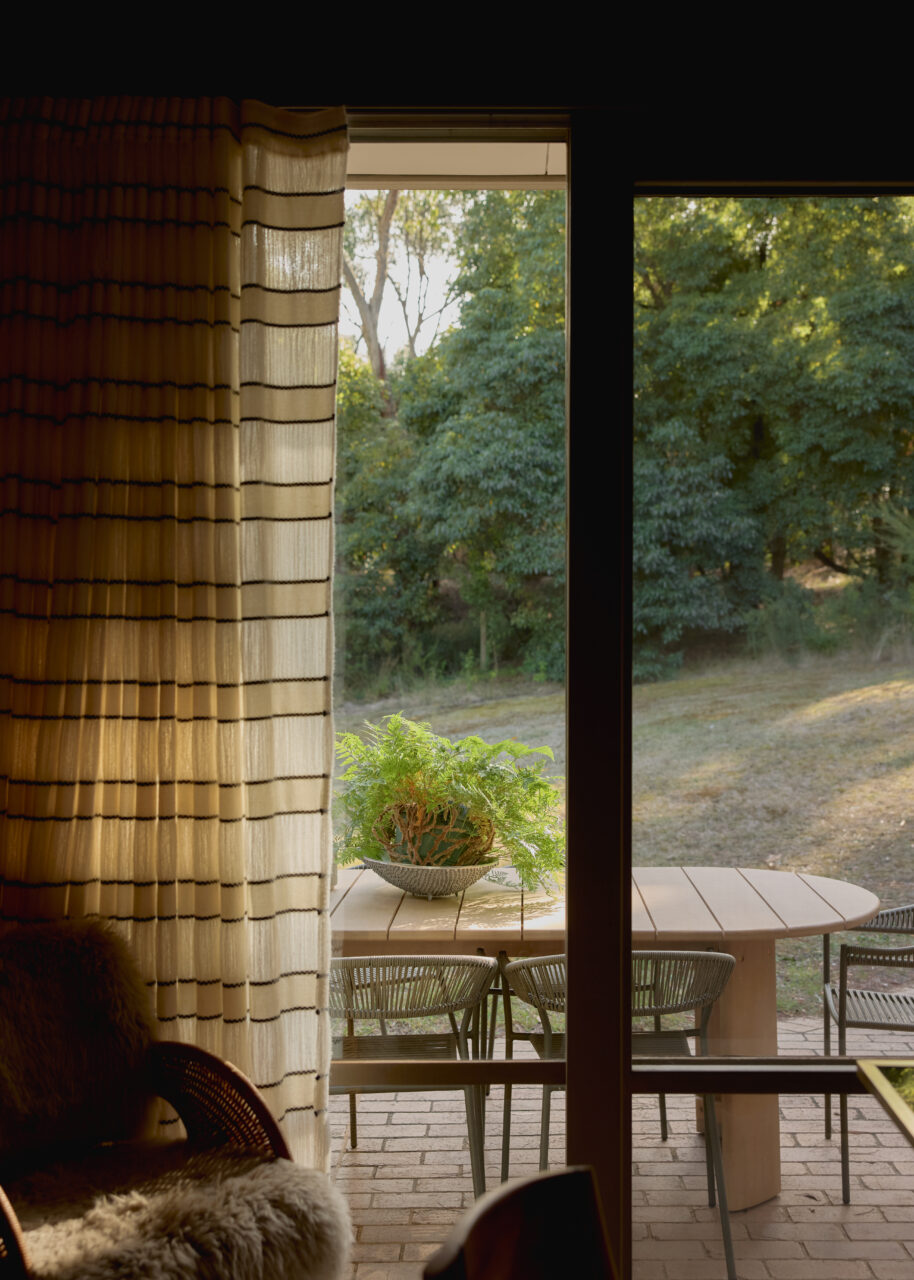
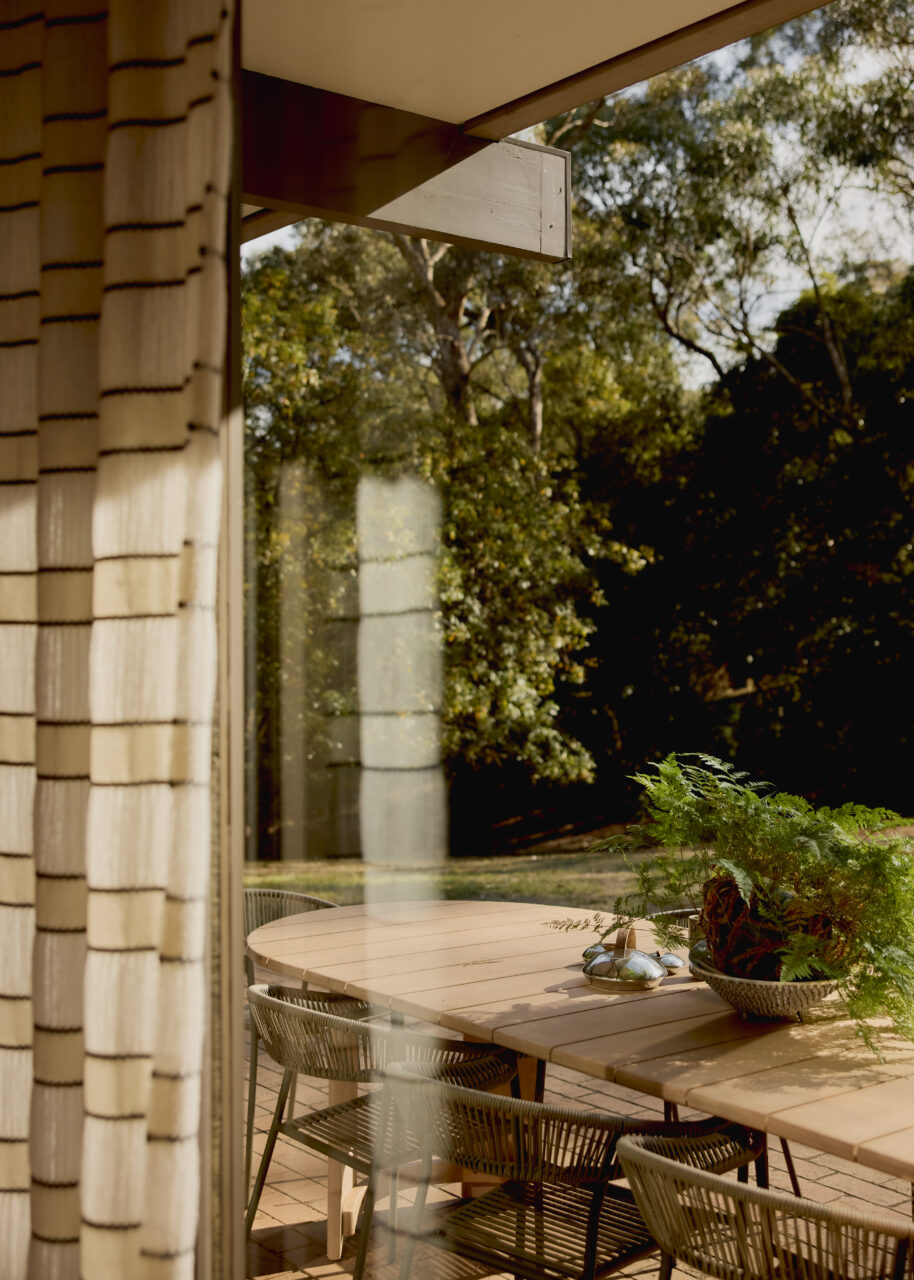
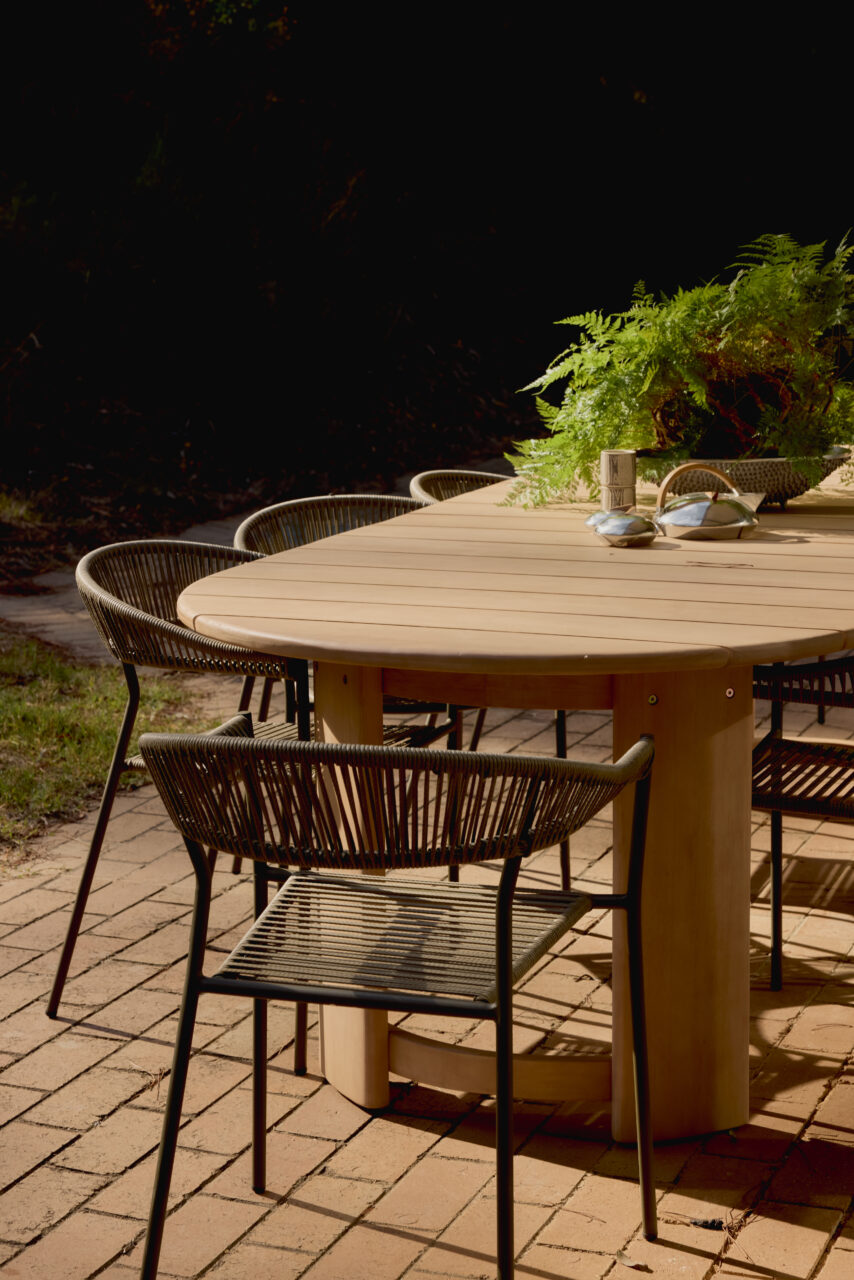
Photographer: Brook James Images: Light well House Date: May 2025
